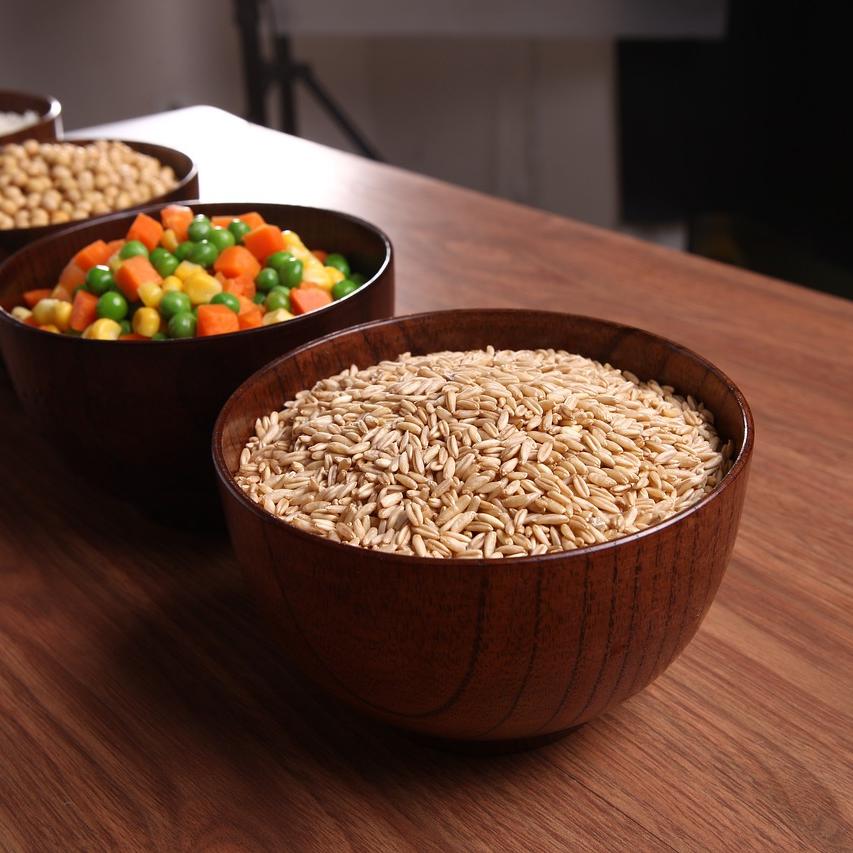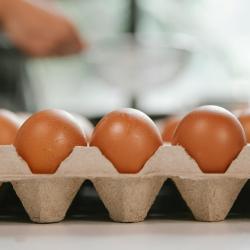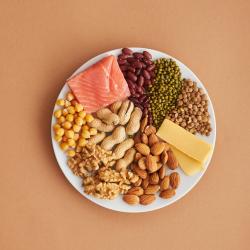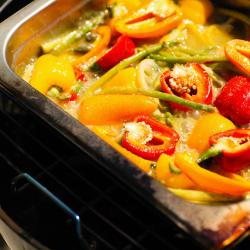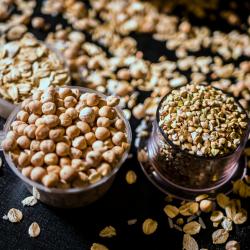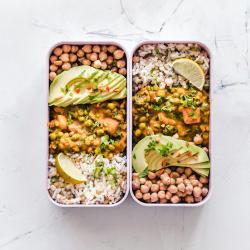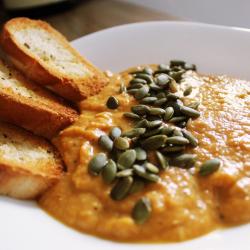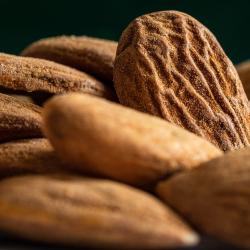The Ultimate Guide to Cooking with Whole Grains
In the world of culinary arts and health-conscious eating, whole grains play an indispensable role. They are not only rich in vitamins, minerals, fiber, and antioxidants but also versatile in the kitchen, providing a range of textures and flavors to a variety of dishes. This ultimate guide will explore everything you need to know about cooking with whole grains, from selection and preparation to the benefits they offer and creative ways to incorporate them into everyday meals.
Understanding Whole Grains
Whole grains are grains that contain all three parts of the seed: the bran, germ, and endosperm. This distinguishes them from refined grains, which have been stripped of the bran and germ, losing valuable nutrients in the process. Common whole grains include quinoa, brown rice, barley, oats, farro, bulgur, millet, and whole wheat, but there are many others like spelt, teff, and amaranth that are worth exploring.
Nutritional Benefits of Whole Grains
Whole grains are packed with nutrients essential for maintaining optimal health. Here are some of their standout benefits:
- High in Fiber: The bran provides dietary fiber, aiding in digestion and promoting a feeling of fullness, which can assist in weight management.
- Rich in Vitamins and Minerals: Whole grains are a good source of B vitamins, iron, magnesium, and selenium.
- Antioxidant-Rich: Many whole grains contain antioxidants that help reduce inflammation and combat oxidative stress.
- Low Glycemic Index: They tend to cause a slower, more gradual increase in blood sugar levels, which is beneficial for managing diabetes.
Basic Preparation Techniques
To fully enjoy whole grains, it's essential to know how to prepare them correctly. Here are some general tips:
-
Rinse Grains: Many whole grains, such as quinoa and millet, should be rinsed under cold water to remove any surface starch or bitterness before cooking.
-
Water Ratio and Cooking Time: Each grain has its own recommended water-to-grain ratio and cooking time. For example, quinoa typically requires a 2:1 water-to-grain ratio and about 15 minutes of cooking, while brown rice needs more water and time, about 2.5:1 and 40-45 minutes.
-
Using a Rice Cooker or Instant Pot: These kitchen appliances can ease the process of cooking whole grains, offering a set-it-and-forget-it convenience with accurate results.
-
Toasting Grains: For extra flavor, toast grains in a dry pan over medium heat before adding water. This enhances their nutty aroma and depth of flavor.
Creative Ways to Use Whole Grains
Whole grains can be incorporated into a multitude of dishes to add both nutrients and interesting flavors. Here’s how you can get creative:
- Breakfast Bowls: Start your day with oatmeal, quinoa porridge, or a hearty barley bowl topped with fruits, nuts, and seeds.
- Salads: Use cooked farro, bulgur, or wheat berries as the base for a nutritious salad. Add fresh vegetables, herbs, and a light vinaigrette for a refreshing meal.
- Soups and Stews: Add whole grains like brown rice or barley to soups and stews for added texture and sustenance.
- Baking: Substitute a portion of all-purpose flour with whole grain flours such as whole wheat or spelt in baking recipes for bread, muffins, and pancakes.
- Side Dishes: Serve grains like quinoa, wild rice, or couscous as a side dish, seasoned with herbs, spices, and lemon zest.
- Stuffed Vegetables: Use a grain mixture to stuff peppers, tomatoes, or squash for a satisfying meal that showcases the flavors of whole grains.
Conclusion
Whole grains are an excellent addition to any diet, offering numerous health benefits and culinary versatility. By understanding the basics of selecting, preparing, and cooking with whole grains, you can unlock a world of flavors and textures that enhance both the nutrition and enjoyment of your meals. Experiment with different types of grains and find your favorites to incorporate into a healthy, balanced diet. Embrace the wholesome goodness of grains and transform your cooking and eating experiences.
